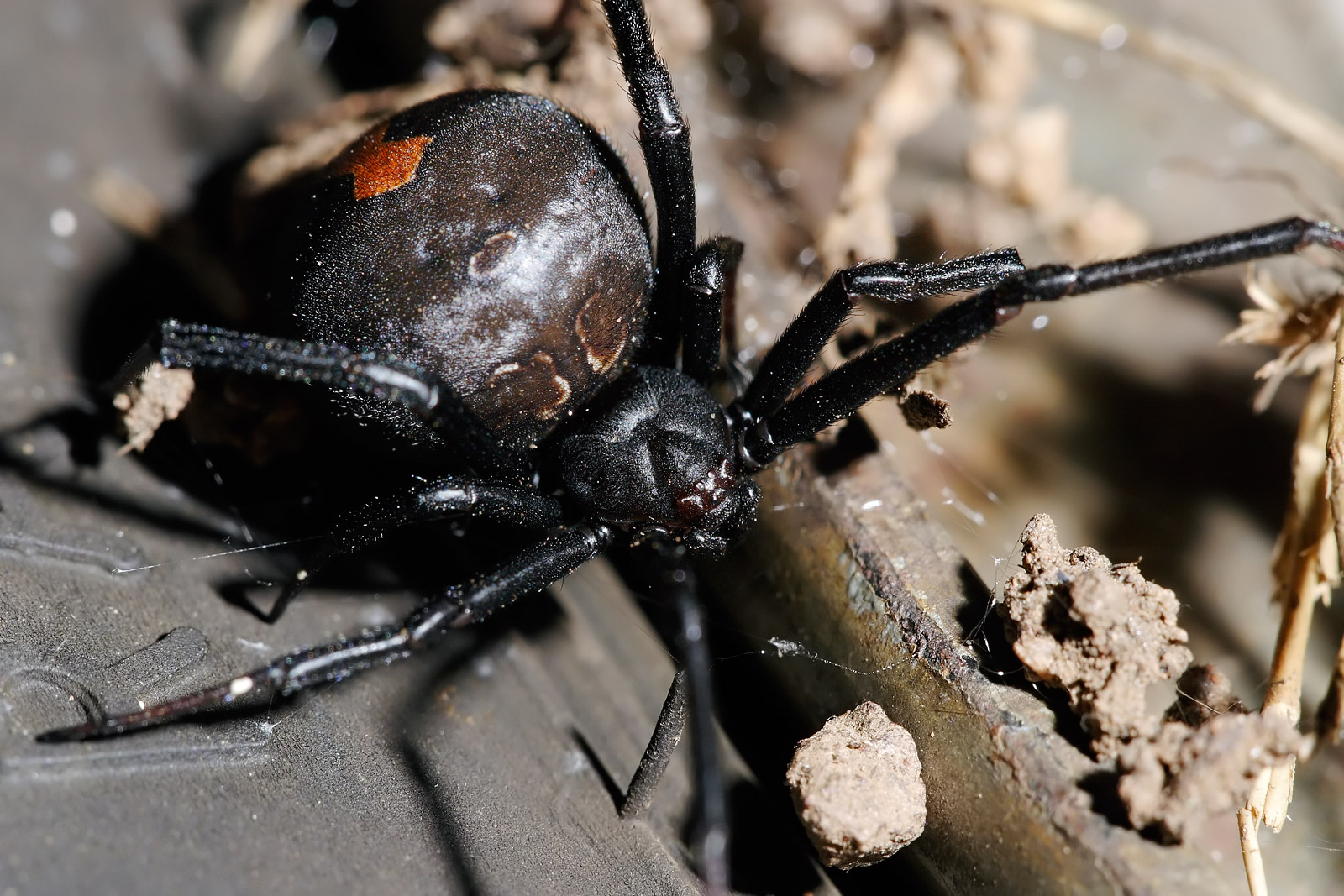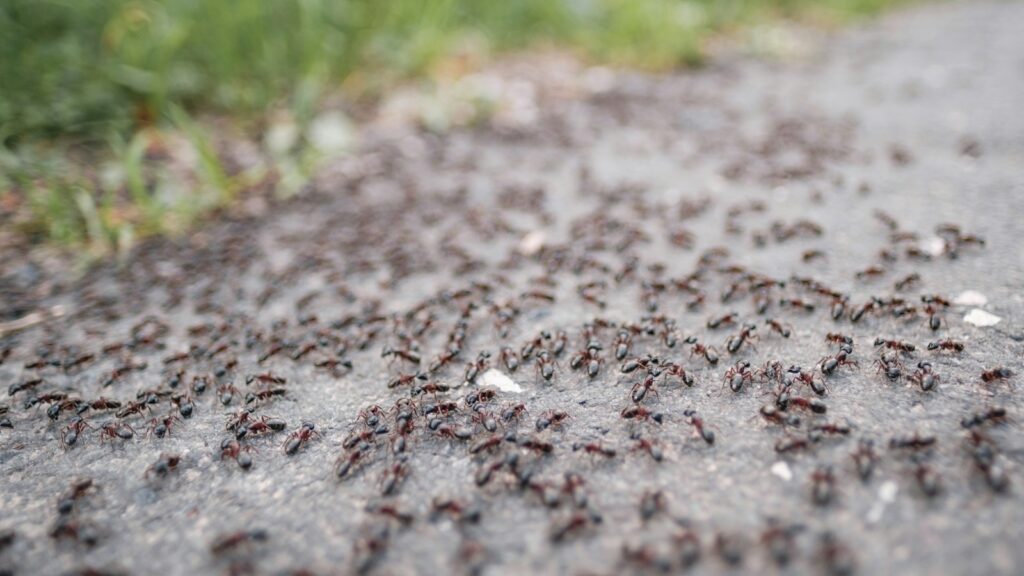Picture this: you’re settling into your cozy home after a long day, only to discover tiny armies of uninvited guests have been throwing their own parties in your walls, pantry, and hidden corners. These aren’t the kind of visitors you want to entertain, and they’re definitely not bringing housewarming gifts. Instead, they’re bringing disease, destruction, and enough stress to make you question whether you’re actually the one in charge of your own domain.
The Creepy Crawly Reality of Home Invasions
Your home might feel like a fortress, but to countless creatures, it’s basically a five-star resort with unlimited room service. These uninvited guests don’t need keys or invitations – they squeeze through cracks smaller than a credit card and multiply faster than your weekend laundry pile.
What makes these invasions particularly unsettling is how silently they happen. While you’re binge-watching your favorite series, entire colonies could be establishing themselves in your walls. The scary truth? Most homeowners don’t realize they’re hosting these unwelcome parties until the damage is already done.
Termites: The Silent Wooden Destroyers

Termites are like that friend who borrows your car and returns it with an empty gas tank – except they’re borrowing your house’s structural integrity and never giving it back. These wood-munching machines cause billions of dollars in damage annually, and they’re so sneaky that many homeowners don’t discover them until they’ve already turned support beams into Swiss cheese.
The most common culprits are subterranean termites, which build mud tubes along your foundation like tiny highways to their wooden buffet. Drywood termites, on the other hand, are more like stealth bombers – they fly directly into your home and set up shop inside your furniture and wooden structures.
Signs of termite trouble include hollow-sounding wood, discarded wings near windows, and small piles of what looks like sawdust. If you spot these warning signals, don’t wait – termites work 24/7 and don’t take vacation days.
Rodents: The Disease-Carrying Acrobats
Mice and rats are nature’s ultimate parkour athletes, capable of squeezing through openings the size of a dime and quarter respectively. These furry invaders aren’t just looking for a warm place to crash – they’re bringing along a cocktail of diseases that reads like a medieval plague handbook.
These prolific breeders can produce dozens of offspring in just a few months, turning a minor mouse problem into a full-scale rodent metropolis. They contaminate food sources, chew through electrical wires (hello, fire hazard!), and leave behind droppings that can trigger serious health issues.
The telltale signs include gnaw marks on food packaging, small dark droppings, and those unmistakable scratching sounds in your walls at night. If you’re hearing a rodent rave party above your bedroom, it’s time to take action.
Cockroaches: The Indestructible Survivors

Cockroaches are basically the Navy SEALs of the insect world – they’re tough, adaptable, and seemingly indestructible. These prehistoric survivors can live for weeks without their heads and have been around since dinosaurs roamed the earth. That’s not exactly the kind of roommate credibility you want.
What makes cockroaches particularly problematic is their ability to spread bacteria and trigger allergic reactions. They’re not picky eaters either – they’ll munch on everything from your leftover pizza to book bindings and even each other.
German cockroaches are the most common household invaders, preferring warm, humid environments like kitchens and bathrooms. American cockroaches, despite their patriotic name, are actually larger and often enter through drains and sewers.
Ants: The Organized Invasion Force
Ants operate like a military organization with better communication skills than most corporate teams. When scout ants discover your kitchen, they leave invisible chemical trails that basically serve as GPS directions for thousands of their colleagues. It’s like posting your home address on social media with a “free food” announcement.
Different ant species have different motivations for invading your space. Sugar ants are obvious in their intentions, while carpenter ants prefer to excavate your wooden structures for their nesting sites. Pharaoh ants are particularly troublesome because they can spread harmful bacteria throughout your home.
The key to ant control isn’t just killing the ones you see – it’s disrupting their entire communication network and eliminating the queen. Otherwise, you’re just playing an endless game of whack-a-mole with six-legged opponents.
Bed Bugs: The Midnight Blood Suckers

Bed bugs are like vampires, except they’re real and much harder to get rid of. These flat, oval-shaped insects have made an alarming comeback in recent decades, hitchhiking through luggage, secondhand furniture, and even clothing to establish colonies in your most private spaces.
What makes bed bugs particularly insidious is their feeding schedule – they’re most active when you’re at your most vulnerable, during sleep. They inject an anesthetic while feeding, so you won’t even feel the bite until you wake up covered in itchy welts.
These resilient pests can survive up to a year without feeding and hide in the tiniest cracks and crevices around your bed. Early detection is crucial because a small infestation can explode into a nightmare scenario faster than you can say “good night.”
Spiders: The Eight-Legged Uninvited Guests

While most spiders are actually beneficial predators that help control other pest populations, certain species can pose serious health risks to humans. The black widow and brown recluse are the most notorious home invaders, capable of delivering bites that require immediate medical attention.
Spiders are drawn to cluttered areas where they can build webs undisturbed. Basements, attics, and storage rooms are prime real estate for these eight-legged squatters. They’re also excellent at finding entry points through damaged screens, gaps around doors, and cracks in foundations.
The challenge with spider control is that they’re often beneficial, eating other pests that might cause more problems. However, when venomous species take up residence, the risk-benefit analysis shifts dramatically toward eviction.
Identifying the Warning Signs Early

Successful pest management is like being a detective – you need to recognize the clues before the crime scene gets out of hand. Each invader leaves distinct calling cards that can help you identify problems before they become catastrophes.
Visual evidence includes droppings, shed skins, dead insects, and damage to structures or belongings. Auditory clues might be scratching, scurrying, or buzzing sounds, especially at night when many pests are most active.
Strange odors can also signal infestations – rodents leave musky smells, cockroaches produce oily odors, and large ant colonies can create distinctive chemical scents. Trust your senses; they’re often your first line of defense against unwanted invaders.
Natural Eviction Methods That Actually Work

Before reaching for industrial-strength chemicals, consider natural deterrents that can be surprisingly effective. Diatomaceous earth, for example, works like microscopic razor wire against crawling insects, while essential oils like peppermint and tea tree can repel various pests.
Physical barriers and habitat modification are often more effective than sprays. Sealing cracks, removing food sources, and eliminating moisture can make your home less attractive to potential invaders. It’s like changing the locks and removing the welcome mat simultaneously.
Beneficial insects and natural predators can also help control pest populations. Encouraging spiders (the harmless ones) and maintaining diverse ecosystems around your home can create natural balance without chemical intervention.
When to Call in Professional Reinforcements

Sometimes DIY solutions are like bringing a water gun to a fire fight – well-intentioned but ultimately inadequate. Professional pest control becomes necessary when infestations are widespread, involve dangerous species, or keep returning despite your best efforts.
Certain pests, like termites and bed bugs, require specialized knowledge and equipment for effective elimination. Professional exterminators have access to targeted treatments and can identify problem areas that untrained eyes might miss.
The cost of professional treatment often pales in comparison to the potential damage from letting infestations continue. Think of it as preventive maintenance for your home’s health and your family’s safety.
Creating Long-term Defense Strategies

Effective pest control isn’t a one-time battle – it’s an ongoing war that requires consistent vigilance and strategic planning. Regular inspections, maintenance routines, and environmental modifications can create hostile conditions for potential invaders.
Moisture control is crucial because water attracts virtually every type of household pest. Fix leaky pipes, improve ventilation, and eliminate standing water sources. A dry home is like a desert to most unwanted visitors.
Landscaping choices can also influence pest pressure. Keeping vegetation trimmed away from your home’s exterior and choosing plants that naturally repel insects can create an additional defensive barrier.
The Hidden Health Risks

Beyond the obvious “ick factor,” household pests pose serious health risks that extend far beyond simple annoyance. Rodent droppings can carry hantavirus, while cockroach allergens trigger asthma attacks in sensitive individuals.
Vector-borne diseases are another concern, with certain pests serving as carriers for bacteria, viruses, and parasites. Fleas can transmit plague, while some ant species spread salmonella and other foodborne pathogens.
The psychological impact shouldn’t be underestimated either. Living with persistent pest problems can cause anxiety, sleep disruption, and decreased quality of life. Your home should be a sanctuary, not a source of stress.
Prevention: Your Best Defense

The most effective pest control strategy is preventing invasions before they start. This means thinking like a pest – identifying potential entry points, food sources, and nesting sites that make your home attractive to unwanted visitors.
Regular cleaning routines, proper food storage, and home maintenance create an environment that’s less hospitable to pests. It’s much easier to keep invaders out than to evict them once they’ve established themselves.
Seasonal preparation is also important, as different pests are active at different times of year. Spring cleaning isn’t just about organization – it’s about removing the conditions that welcome summer’s uninvited guests.
The Environmental Impact of Pest Control

Modern pest control increasingly focuses on integrated approaches that minimize environmental impact while maximizing effectiveness. This means using targeted treatments rather than broad-spectrum pesticides that can harm beneficial insects and contaminate soil and water.
Biological controls, habitat modification, and selective chemical applications can effectively manage pest populations without creating ecological disasters. It’s about finding the right tool for the specific job rather than using a sledgehammer for every problem.
Sustainable pest management also considers the broader ecosystem impacts, recognizing that some insects play important roles in pollination and natural pest control. The goal is selective eviction, not ecological warfare.
Technology and Modern Pest Control

Innovation has revolutionized pest control, bringing us smart traps, pheromone monitoring systems, and precision application technologies. These tools allow for more targeted interventions with less environmental impact.
Heat treatment for bed bugs, ultrasonic deterrents for rodents, and GPS tracking for termite colonies represent the cutting edge of pest management. These technologies often provide more effective solutions than traditional chemical approaches.
Mobile apps and digital monitoring systems can help homeowners track pest activity and coordinate professional treatments. It’s like having a pest control consultant in your pocket, available 24/7.
Your home is your castle, and like any fortress, it requires active defense against invaders. These six common household pests represent serious threats to your property, health, and peace of mind, but they’re far from invincible. With proper identification, strategic prevention, and targeted intervention, you can reclaim your space from these uninvited guests. The key is staying vigilant, acting quickly when problems arise, and not hesitating to call in professional help when the situation demands it. Remember, the best offense is a good defense – and in the world of pest control, prevention will always be more effective than reaction. What’s lurking in your walls right now?

